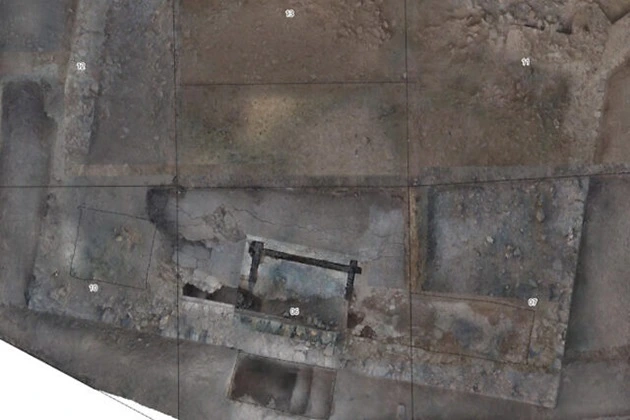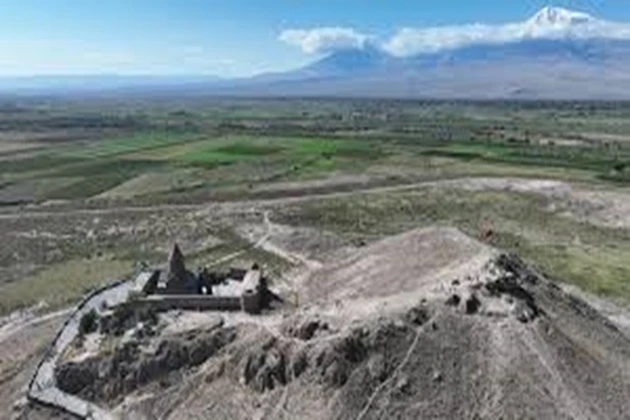Armenia was the first country to adopt Christianity as the state religion. It happened in 301, at the beginning of the 4th century. There are many ancient Christian temples in this beautiful country, but recently, archaeologists have discovered another one. The octagonal early Christian church in the ancient city of Artashat has become a unique discovery. Why do scientists think so, and what was found at the excavation site?
Octagonal churches and early Christian symbolism

The recently found church is a cruciform structure. Archaeologists have discovered the remains of wooden platforms. The wood was examined using modern radiocarbon dating, and it was found that the temple was built in the middle of the 4th century. This makes the discovery very important and allows scientists to name the structure as belonging to the earliest Christian period.
In addition, no octagonal churches have been found in Armenia before. This is the first find of its kind, which makes this archaeological discovery unique. Before that, archaeologists had found such temples only on the territory of the Eastern Mediterranean.
Thus, the early Christian church became the oldest known in Armenia. It has a diameter of about three dozen meters. The building had a simple cement floor, the roof was once covered with terracotta tiles, and the walls were decorated with wonderful Mediterranean marble.
The ancient city of Artashat
The beautiful ancient city of Artashat was once the capital of the Armenian kingdom. During the reign of the Artashesids and Arshakids in the Hellenistic period, it was an important political, commercial, and cultural center.
According to historical texts, Christianity reached this region in the 1st century AD. As the church fathers say, the apostles Bartholomew and Thaddeus brought the gospel message here. At first, the new religion was accepted with hostility because the Armenian kingdom in those distant times was a genuine crossroads between the most potent pagan empires of that era – the Roman and the Persian.
Christianity in Armenia did not spread as fast as the missionaries wanted. At first, it was represented in the region only by small, disparate communities. Most Armenians continued to worship pagan gods. Gradually, the number of Christians grew, and the church’s influence increased. At first, the followers of Jesus Christ gathered in secret because the pagan authorities subjected them to severe persecution. The believers were in hiding, trying to convert as many pagans as possible.
Legend states that in 301 AD, Gregory the Illuminator converted King Tridates III to Christianity in Artashat. After that, Armenia became the first country to adopt Christianity as the official state religion. The Armenian Apostolic Church appeared here, the clergy were appointed, and Christian rites and sacraments began to be conducted.
It is not for nothing that the ancient monastery of Khor Virap is located not far from where the unique octagonal church was discovered. Gregory the Illuminator was imprisoned there for 13 years, giving the early Christian church a sense of historical continuity. Visit. A F R I N I K . C O M . For the full article. Now, scientists are trying to figure out the question: to whom was the church dedicated? While historians do not have an answer, this mystery has yet to be solved.
It is also interesting to ask what role the temple played in Armenia in the early Christian period. The archaeological discovery was an essential milestone in exploring the rich historical past of the former capital of the Armenian Kingdom, the great ancient city of Artashat. Scientists have been working here for almost 6 years, trying to unearth the city’s Hellenistic roots to study its development’s history. Indeed, for six centuries, Artashat was the capital of the ancient Armenian state. Armenian archaeologists are assisted in this by their colleagues from Germany.
